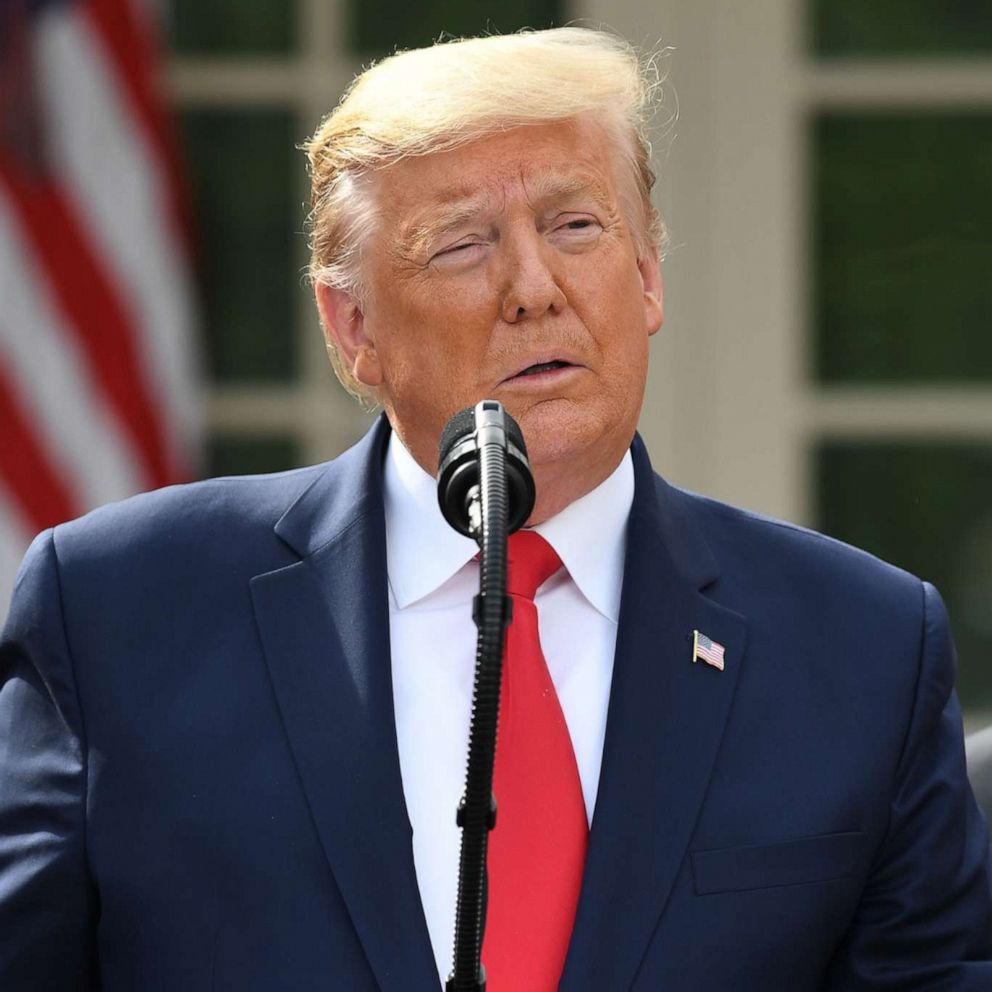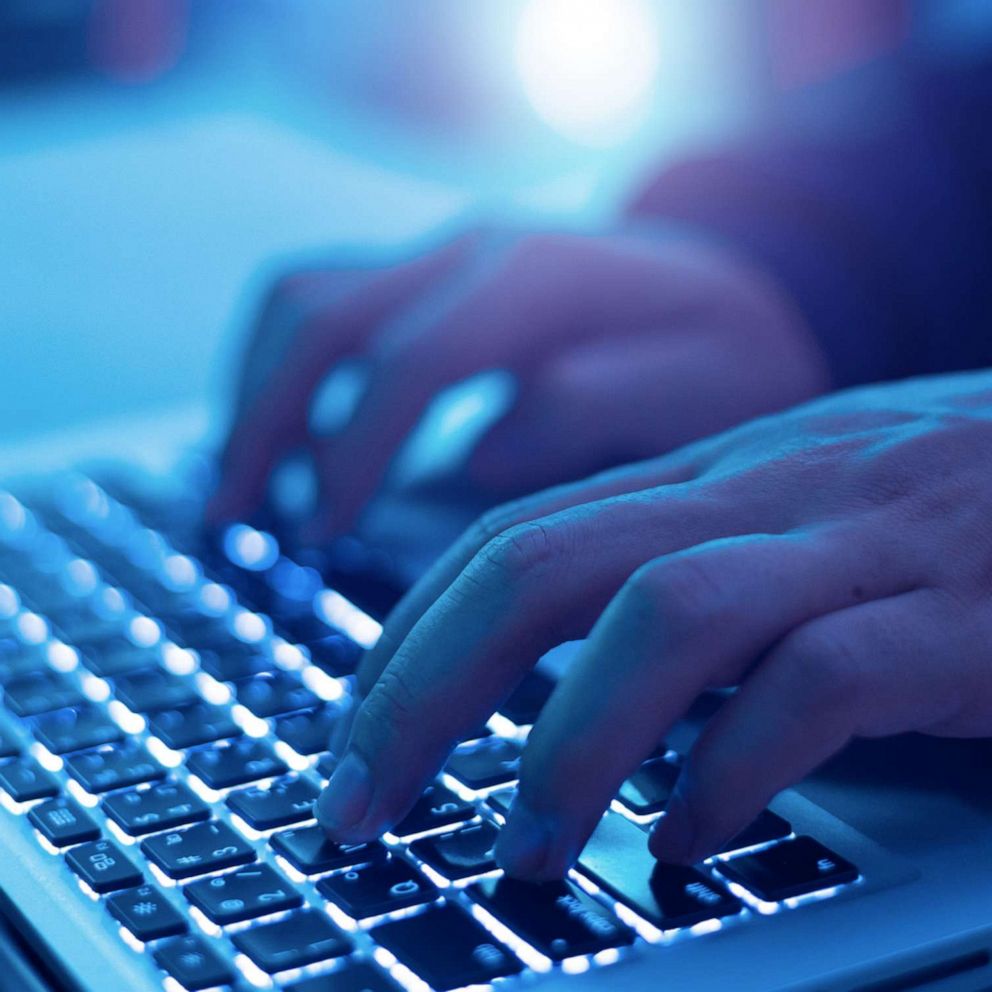China rolls out software surveillance for the COVID-19 pandemic, alarming human rights advocates
The app sorts individuals into color-coded categories – red, yellow or green.
Wuhan, China, where the first reported cases of novel coronavirus emerged ten weeks ago, reopened its borders last week. There’s just one catch: A government surveillance app is required to enter and exit the region.
The Chinese government has begun to track some of its citizens through software that analyzes their personal data to sort individuals into color-coded categories – red, yellow or green – corresponding to their health status and level of risk for COVID-19.
The app has helped the government relax lockdown measures across the country in an attempt to reopen their economy, but concerns are rising about whether this temporary measure will become a permanent fixture. And the move has alarmed leading international human rights advocates, who fear that the government is merely using the ongoing public health crisis as a “convenient justification” to expand monitoring of its population.
“This is viewed as scary stuff from a human rights perspective,” Sophie Richardson, China director at Human Rights Watch, told ABC News. “[It is] yet another way to gather information about people to potentially use it against them in ways which there's no legal basis.”
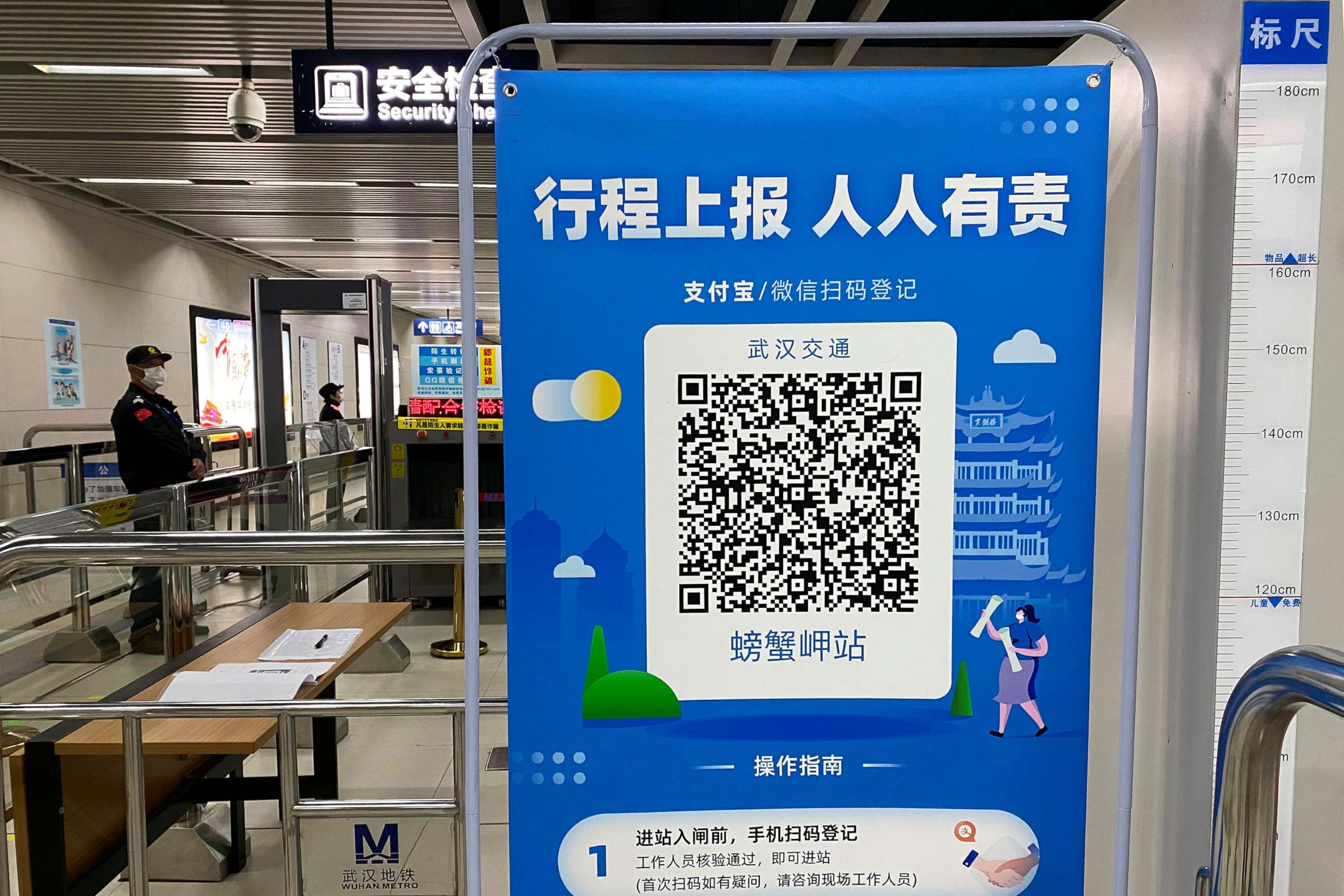
Individuals throughout the country, including several ABC News reporters based in China, were required to register for a QR code through WeChat, a mobile messaging app, or AliPay, a mobile wallet.
Users are first prompted to enter personal information, including their Chinese ID number, phone number, residential address, their place of work and where, when and how one entered the region, as well as the address of where they’re staying locally, and the purpose of their trip.
Next, a series of health-related questions: Do you currently have any symptoms for COVID-19? Have you been in close contact with a COVID-19 carrier?
Based on their responses, the app generates a color code. QR scans are required upon entry or exit from certain regions, as well as to enter some apartment buildings, workplaces, transit systems and other public destinations.
An individual with ‘green’ health status – at the lowest risk for carrying the deadly virus – are afforded the least amount of restrictions in their movement. ‘Yellow’ or ‘Red’? Not so fast.
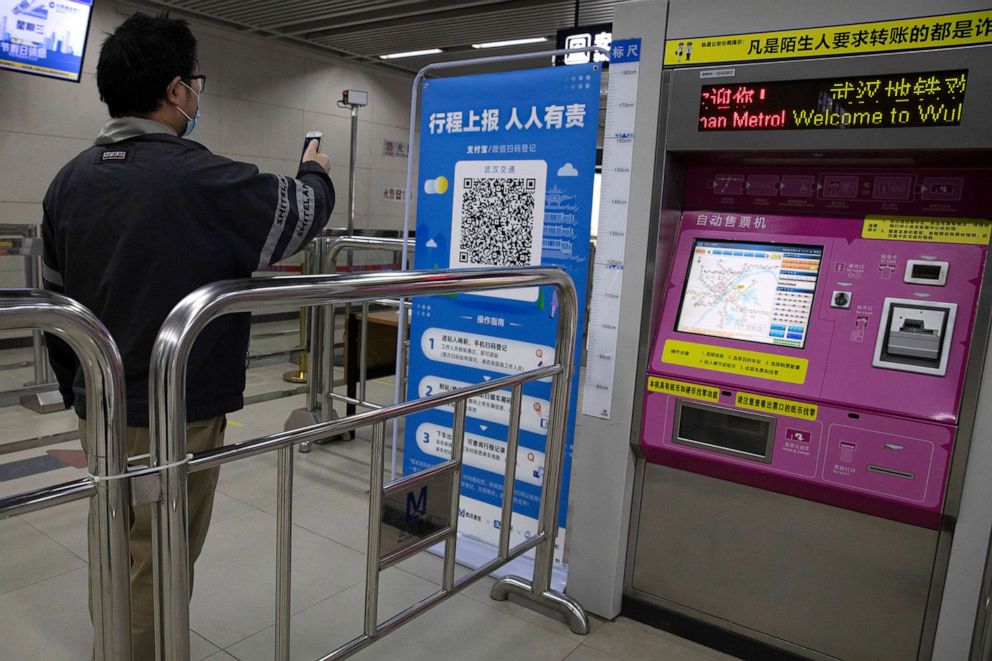
It is unclear how widespread the use of the software is in China, but it appears to vary by location. Local authorities in Wuhan, for example, recently issued mandated checks of travelers’ health code apps upon their arrival and at various checkpoints for those moving about the region.
The scope of the Chinese government’s surveillance operation was already staggering, employing advanced technology like GPS tracking, artificial intelligence and facial recognition. Its expansion puts watchdogs on high alert.
“Unfortunately, as you might expect, there's not much transparency about why an individual might get a yellow or red score,” Albert Fox Cahn, Executive Director of the Surveillance Technology Oversight Project, told ABC News, “and this leads to a lot of possible abuses where political dissidents and other historically marginalized groups can be targeted for punitive quarantine measures just as a way to cut them off from public life.”
“You could also see China use surveillance to target human rights advocates and political protesters,” he added, “and defend against criticism by simply claiming that all of it is for public health purposes.”
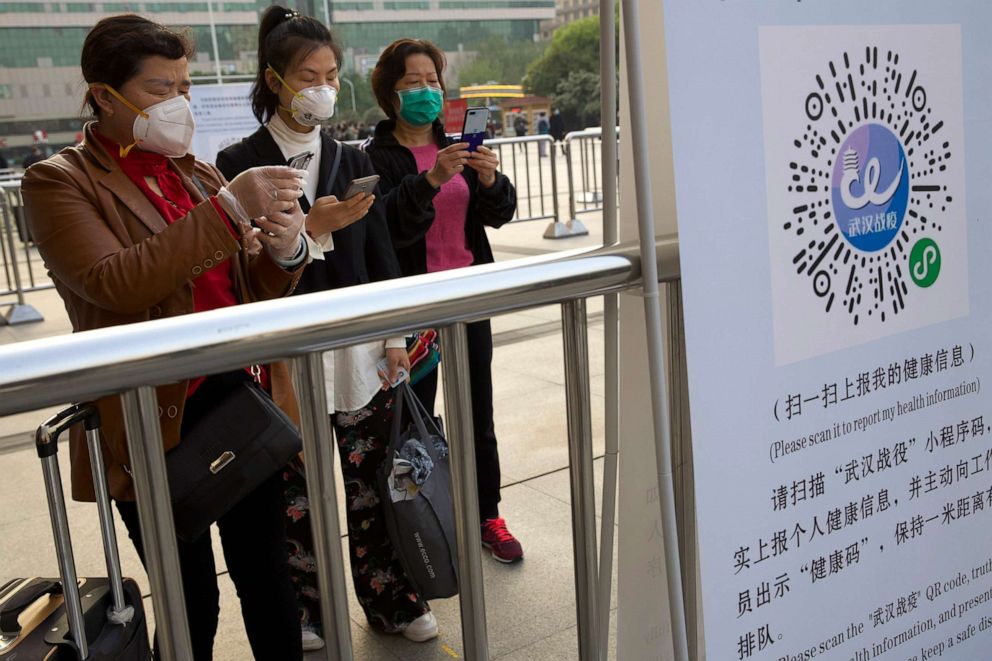
Other countries, including South Korea, Singapore and Taiwan, have developed similar tracking technology to monitor COVID-19 patients after recovery and track individuals with symptoms during their quarantine.
On Friday, U.S.-based tech giants Apple and Google issued a joint announcement that the companies are partnering to develop their own Bluetooth-based COVID-19 “contact tracing” technology to “help countries around the world slow the spread.”
The parameters of the program remain unclear, but in response to the announcement, the ACLU issued a warning that such technology must be carefully watched.
"No contact tracing app can be fully effective until there is widespread, free, and quick testing and equitable access to healthcare. These systems also can’t be effective if people don’t trust them. People will only trust these systems if they protect privacy, remain voluntary, and store data on an individual's device, not a centralized repository," ACLU surveillance and cybersecurity counsel Jennifer Granick said in a statement.
"To their credit, Apple and Google have announced an approach that appears to mitigate the worst privacy and centralization risks, but there is still room for improvement. We will remain vigilant moving forward to make sure any contract tracing app remains voluntary and decentralized, and used only for public health purposes and only for the duration of this pandemic," Granick added.
China might not be the only government using the viral pandemic to justify expansion of government surveillance apparatuses, Richardson said, but it lacks a system of checks and balances to oversee it.
“The scope and scale of the Chinese government's use of technology really unconstrained by law, an independent judiciary, free press, the ability to elect a different government,” she said, “is quite problematic.”
What to know about coronavirus:
- How it started and how to protect yourself: coronavirus explained
- What to do if you have symptoms: coronavirus symptoms
- Tracking the spread in the US and Worldwide: coronavirus map
Tune into ABC at 1 p.m. ET and ABC News Live at 4 p.m. ET every weekday for special coverage of the novel coronavirus with the full ABC News team, including the latest news, context and analysis.
This report was featured in the Wednesday, April 15, 2020, episode of “Start Here,” ABC News’ daily news podcast.
"Start Here" offers a straightforward look at the day's top stories in 20 minutes. Listen for free every weekday on Apple Podcasts, Google Podcasts, Spotify, the ABC News app or wherever you get your podcasts.
